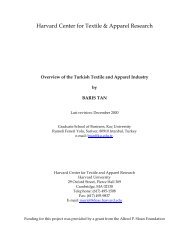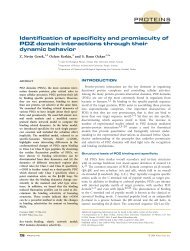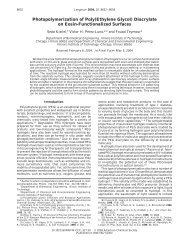Roman Landholding in Asia Minor Author(s): Thomas Robert ...
Roman Landholding in Asia Minor Author(s): Thomas Robert ...
Roman Landholding in Asia Minor Author(s): Thomas Robert ...
You also want an ePaper? Increase the reach of your titles
YUMPU automatically turns print PDFs into web optimized ePapers that Google loves.
Vol. Ixv] <strong>Roman</strong> <strong>Landhold<strong>in</strong>g</strong> <strong>in</strong> As<strong>in</strong>a M<strong>in</strong>or<br />
235<br />
Rostovtzeff 140 believes that, like the estates farther to the<br />
east, those at Eulandra an(l Tembrion arose from royal lands<br />
of k<strong>in</strong>g Amyntas. We have no evidence that they were ever<br />
part of the Galatian k<strong>in</strong>gdom. It seems probable that the<br />
second-century boundary 141 of the prov<strong>in</strong>ce approximated that<br />
of republican times. That of 62 B.C. <strong>in</strong>cluded Dorylaeum and<br />
Acmonia; a passage of the Verr<strong>in</strong>es shows that <strong>in</strong> 70 n.c.<br />
I'hilomelium and Ephesus were at opposite extremities of the<br />
prov<strong>in</strong>ce; and after the three <strong>Asia</strong>tic dioceses were attached<br />
to Cilicia, Appia, close to the Tembris valley, was part of<br />
Cicero's prov<strong>in</strong>ce, probably belong<strong>in</strong>g to the diocese of Syn-<br />
nada.142 Conceivably, Antony could have given a portion of<br />
the prov<strong>in</strong>ce of <strong>Asia</strong> to k<strong>in</strong>g Amyntas, but s<strong>in</strong>ce an <strong>in</strong>scription<br />
of Apollonia formerly dated by the era of Sulla, is actually<br />
to be dated by that of Galatia 143 the evidence for any such<br />
addition to Galatia has disappeared. There is no evidence<br />
that any portion of the prov<strong>in</strong>ce of <strong>Asia</strong>, with the improbable<br />
exception of Cibyra,44 was ever added to Galatia. It seems,<br />
therefore, very unlikely that these estates orig<strong>in</strong>ated <strong>in</strong> Gala-<br />
tian royal lands and we must allow the possibility of a more<br />
<strong>in</strong>direct development.<br />
The imperial estate at Aga Bey Koi near Philadelpheia of<br />
Lydia is well attested for the early third century by the <strong>in</strong>scrip-<br />
tion which preserves the compla<strong>in</strong>ts of the tenants to the<br />
emperor.145 That it had been an imperial estate for a con-<br />
siderable period of time is a reasonable <strong>in</strong>ference s<strong>in</strong>ce the<br />
tenants use such phrases as "desert the hearths of our fathers<br />
and our ancestral tombs" and "become exiles from the im-<br />
perial estates <strong>in</strong> which we have been born and reared, and<br />
i40 Kol. 296 and 300, note 1.<br />
141 M.A.M.A. I, xxvi f.; Ptol. v, 2, and 4.<br />
142 Cic. Flac. 34 and 39; Verr. II, 3, 191 f.; Fam. Ii, 7, 2; 9, 1. In their<br />
petition the tenants of the Tembrion estate say that they live <strong>in</strong> the 'Arnrtavl,'<br />
KXila, I.G.R.P. iv, 598b = C.I.L. II, 14191.<br />
143 Cf. Marquardt, Rom. Staatsverw. 359; M.A.M.A. iv, No. 140.<br />
144 See note 93.<br />
145 K.P. II, 37-47, No. 55; cf. Rostovtzeff, S.E.H. 477, note 31.





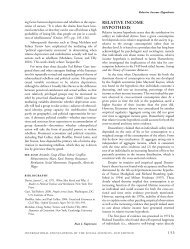

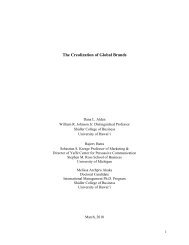

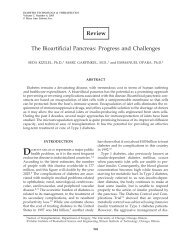
![]_[O](https://img.yumpu.com/10363126/1/190x138/-o.jpg?quality=85)
